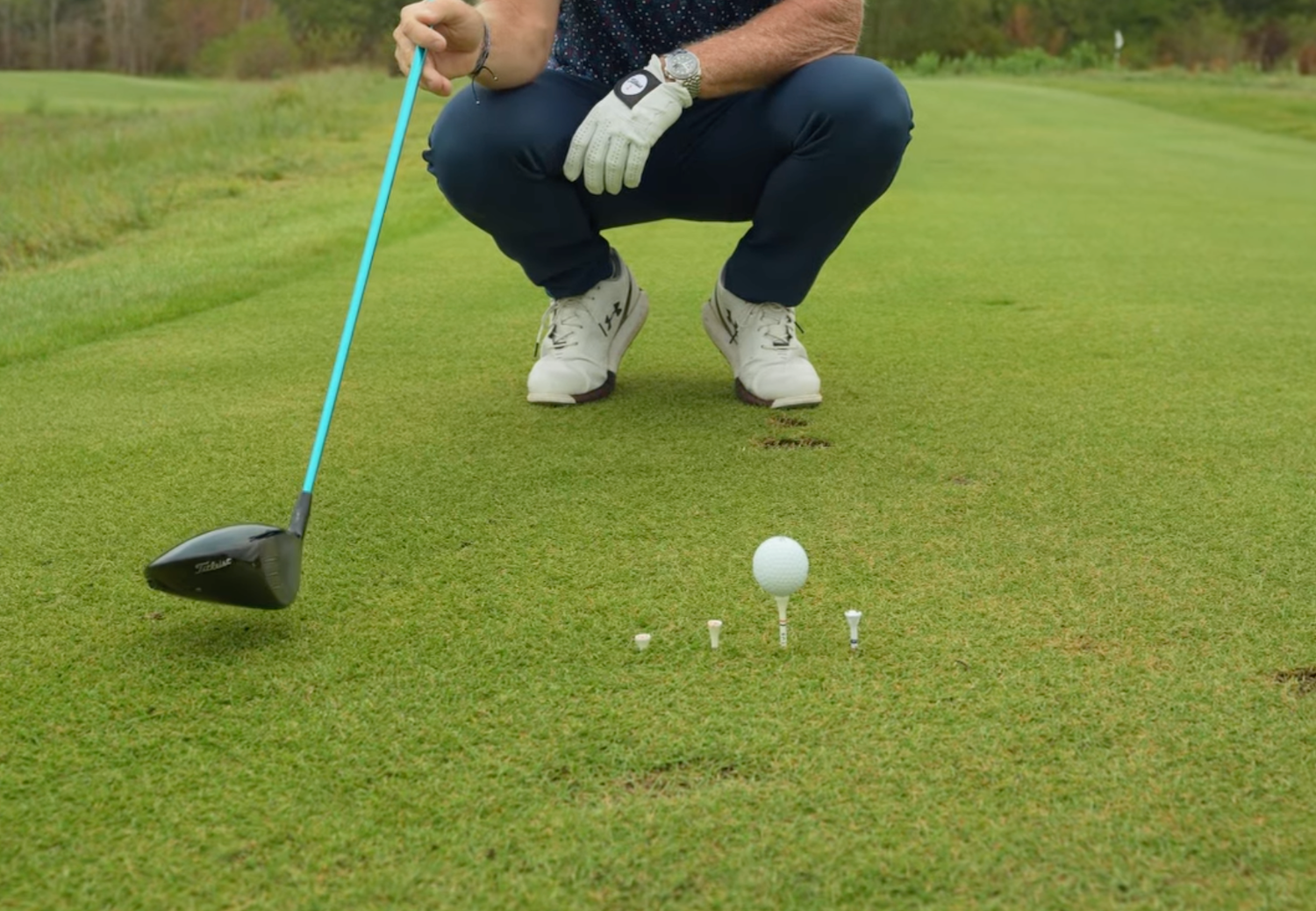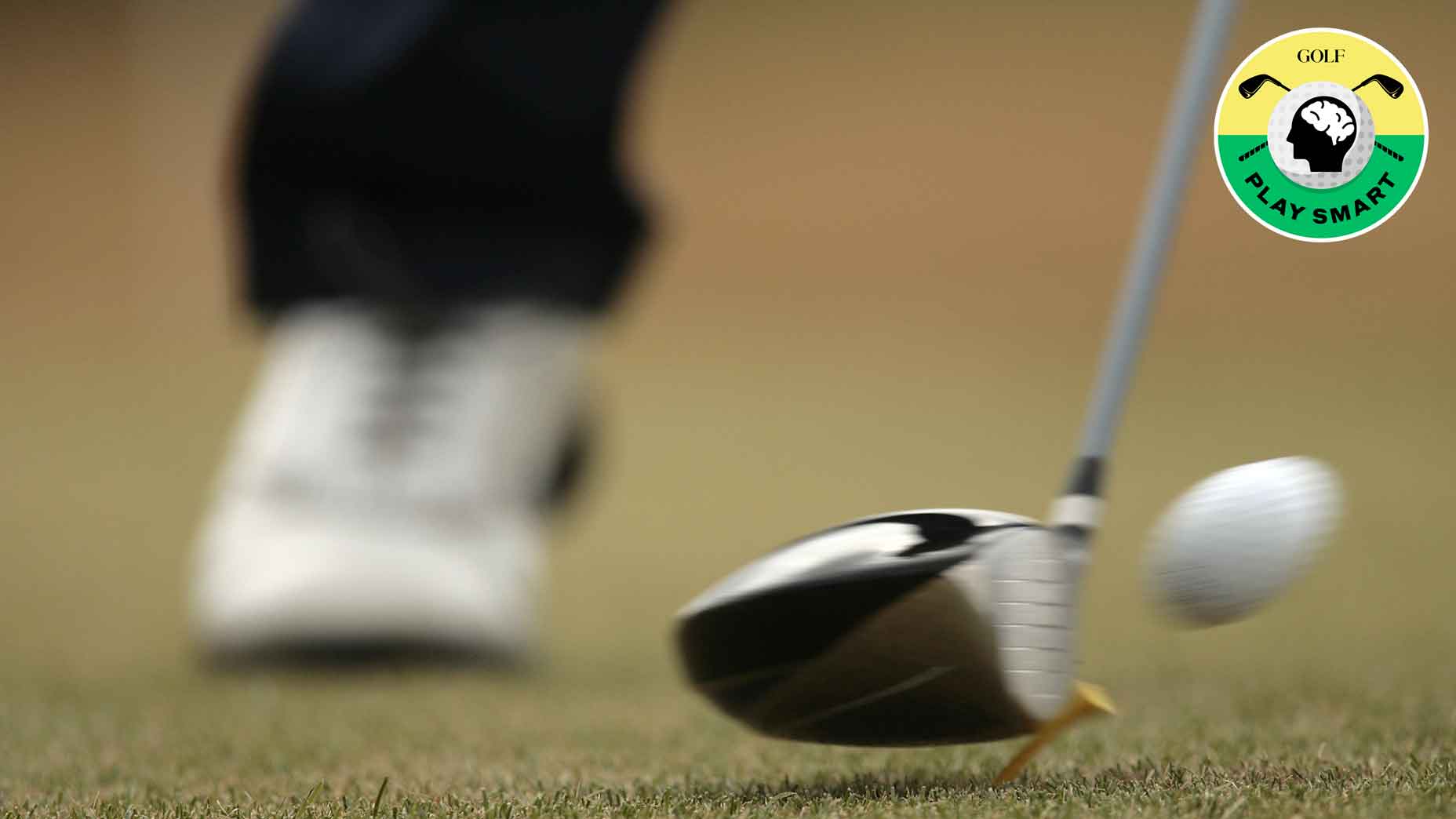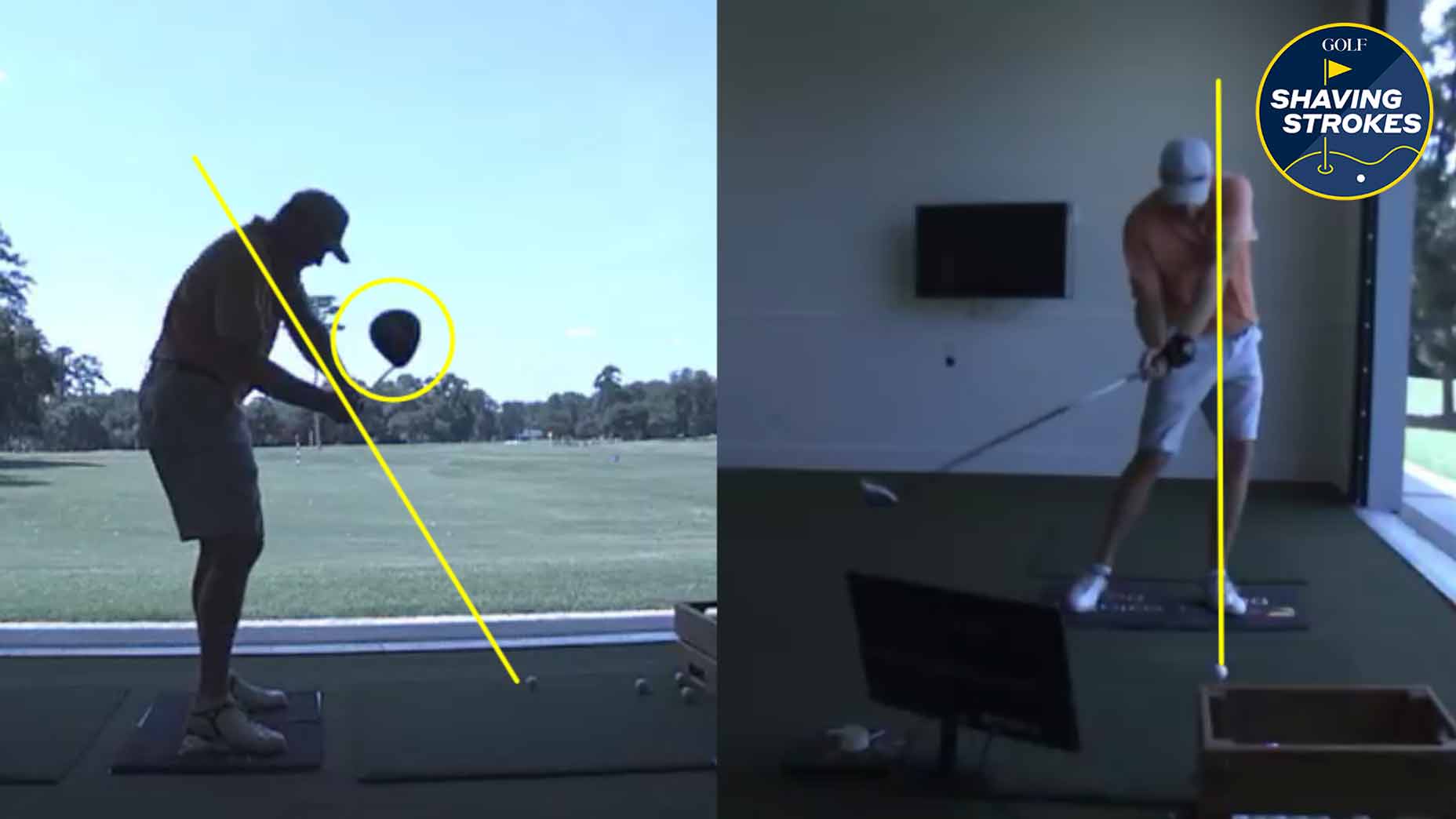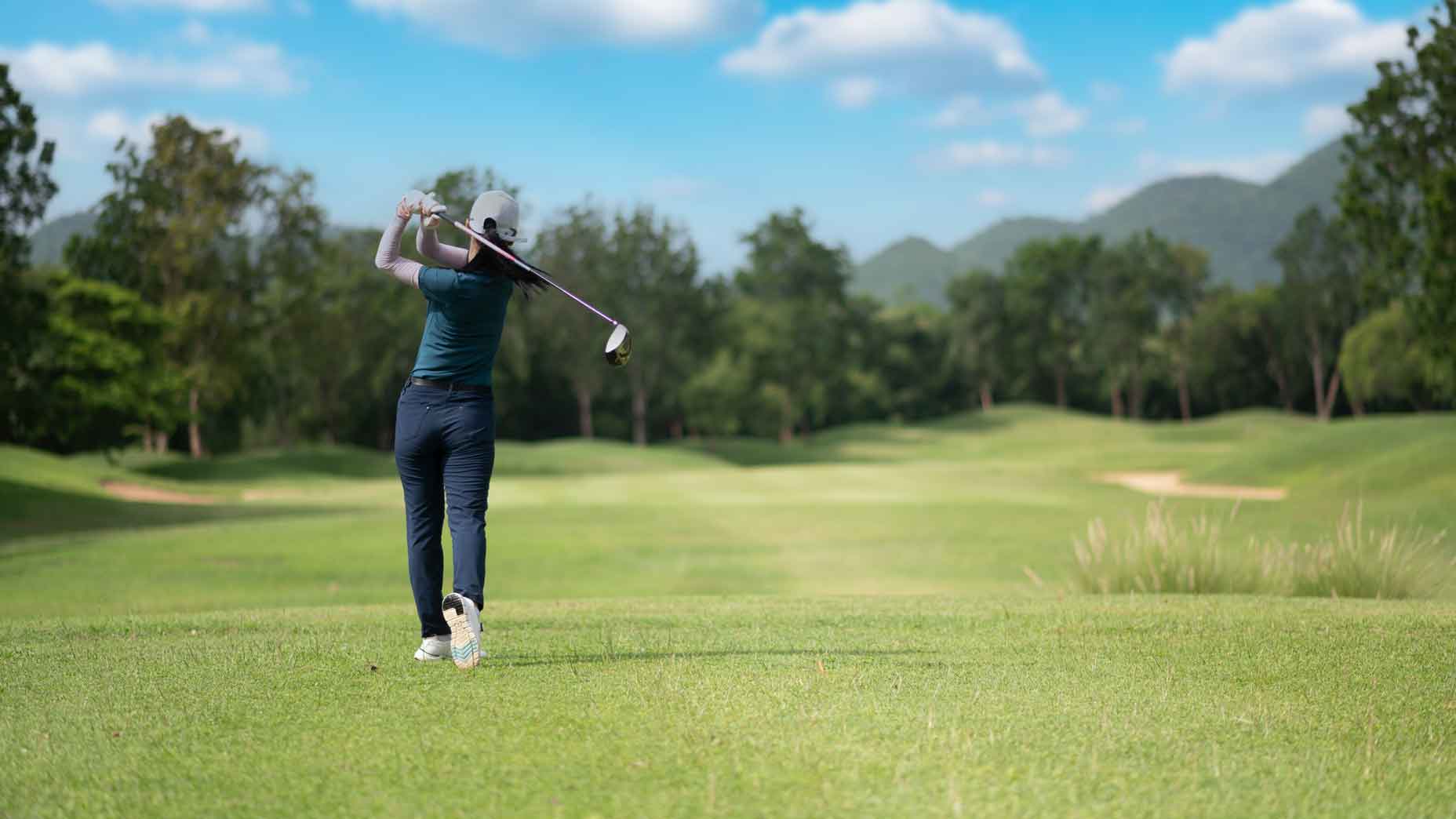Hitting longer drives in golf requires more than just swinging fast and out of control. While many amateurs know this, they don’t necessarily understand it — so don’t be confused with the process.
The next time you go to the range, observe both good and bad ball-strikers when they’re using the driver. Generally speaking, the good ones will have a more fluid swing that emphasizes proper mechanics with their rotation and tempo, often leading to hitting the sweet spot of the club. The bad ones will have an out-of-whack swing sequence, typically causing them to get lazy in their rotation and shorten their backswing.
How to stop hitting driver off the heel and start hitting bombsBy: Rick Silva, GOLF ‘Teacher to Watch’ , Nick Dimengo
This is all important because, candidly, every player wants to bomb the driver farther.
But when the motion is too jerky, the club can fall off plane and never actually get to where it needs to be in order to properly launch it. That’s why swinging up on the ball with a smooth swing will result in longer drives.
By envisioning this, you can hit longer drives
To help more players feel how to do that off the tee, GOLF Top 100 Teacher Cameron McCormick says to visualize just one thing — an airplane! So take a look at the video below to see McCormick’s tips.
As McCormick starts the video, he’s quick to remind players that hitting down on the ball is an important tip…just not when hitting the driver! If you find yourself doing so, McCormick says that’s the reason you’re losing distance off the tee.
“With a driver, we want to hit up on the ball.”
To help players better visualize this motion, McCormick uses four tees, with his ball teed up on the highest one (the third one), seen below.

Next, he explains how visualizing an airplane will help optimize your angle of attack with the driver, leading to more carry and longer drives.
“So we need to think about the driver like an airplane coming in to land, where it comes in on a very low angle relative to the ground, with our clubhead very low to the ground — yet we’re not going to touch the ground.
“We’re hitting a ball off a tee, so we want to abort this ‘landing’,” adds McCormick. “As we’re approaching, we want to touch the first tee, then rise to touch the second tee, ultimately making contact with the ball and definitely not touching that last tee.
This amateur gained 5 mph of clubhead speed and 27 yards of driver distance. Here’s howBy: Joe Plecker, Top 100 Teacher , Nick Dimengo
“We want the clubhead rising away from the ground as it’s moving through impact.”
Finally, McCormick address the ball, explaining where the ball position should be as you set up to hit your shot.
“Standard ball position for a driver, tilted to the right with our upper body, backswing rehearse, the ‘airplane’ gets low to the ground and aborts landing. [The club] touches the first tee and then the second, rises through the third, and avoiding the fourth.”












